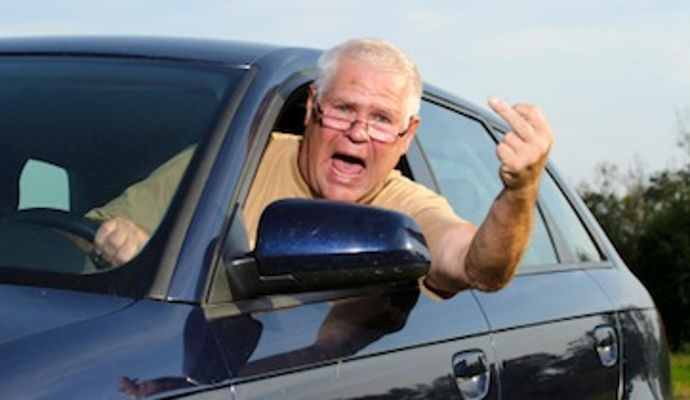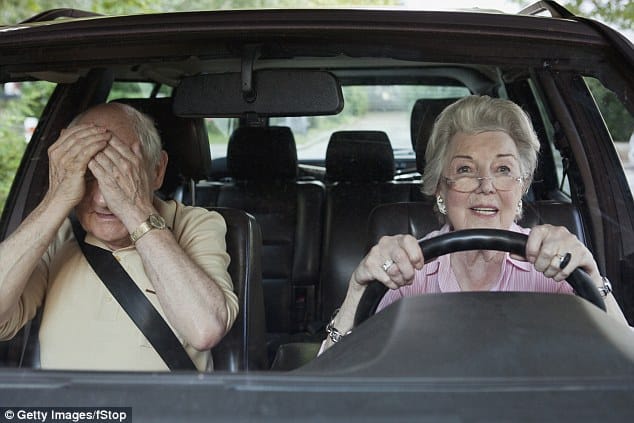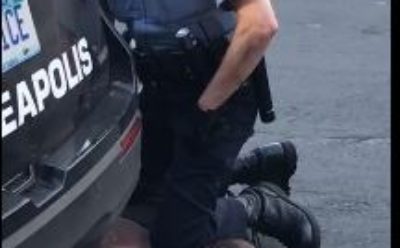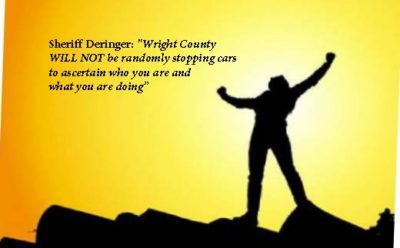
Can Citizens Cancel an At-Risk Driver’s License?
What a terrible position to be in! Your elderly or no longer capable friend or family member is putting themselves and others’ safety at risk. No one wants their driving freedom taken away, so often there is no way they will voluntarily stop driving. What can you do to stop them from getting behind the wheel? I’ll share with you the steps that Minnesota’s Driver and Vehicle Services has put in place to allow you to report the at-risk driver confidentially and what you can do if you face this challenge and disagree.
If you believe a friend, family member, or acquaintance can no longer safely operate a motor vehicle, you can request that Driver and Vehicle Services (DVS) evaluate the at-risk driver. Law enforcement officers are also allowed to submit a request to DVS if they identify a driver who they believe should either re-test or be checked by a doctor. DVS will review requests and schedule an appointment with the at-risk driver. After the interview, the driver may be required to submit a note from their doctor, submit a vision statement, and/or pass a driver license test (knowledge and skills). Based on the interview and the submitted documents, DVS will determine if the at-risk driver is qualified to drive without restrictions, with restrictions, or if the driving privilege should be cancelled.
What is an At-Risk Driver
DVS defines an at-risk driver as “one who no longer has the ability to safely operate a motor vehicle.” Age alone does not make an individual an at-risk driver. Some health problems that may affect driving abilities are seizure, stroke, arthritis, dementia, severe eye ailments, medication side effects, hearing loss, and catastrophic or chronic disease (example: Parkinson’s). Other factors that could affect driving abilities include inability to tightly grip a steering wheel, inability to easily move foot from gas to brake pedal, inability to look over shoulder, reduced ability to react quickly to traffic conditions, lessened ability to focus on fine details, reduced peripheral vision, poor night vision, and weakened depth perception.

How Do I Report an At-Risk Driver?
If you have decided that you wish to report an at-risk driver you must complete the following easy steps and DVS will take it from there. If you are related to the driver, your statement is confidential, and DVS will not reveal your identity unless ordered to do so by a court of law.
- Prepare a “Request For Driver Examination”.
- Include the at-risk driver’s full name & date of birth.
- Include the at-risk driver’s license number if available.
- Describe the reasons you believe the person to be an at-risk driver.
- Include your name, address, and phone number.
- Send your Request to DVS (by mail OR online)
- Mail to: Driver and Vehicle Services, Attn: Medical Unit, 445 Minnesota Street, Suite 170, St. Paul, MN 55101.
- OR Submit your Request online at Drive.Mn.gov . This can be done through the Online Services page. Find the submit forms section and select “Upload Miscellaneous Forms”. Then select the “Request for Driver Examination”. You will be required to answer a few questions and then you can upload your Request.
What Happens Next?
DVS will review your request and determine if an appointment should be scheduled for the at-risk driver with a driver evaluator. DVS will mail a letter to the at-risk driver with a date and time for their evaluation appointment. If the at-risk driver fails to respond to the letter or misses the appointment, his or her driving privileges may be canceled. When a driver evaluation takes place, the evaluator will determine if the at-risk driver needs to submit a physician’s statement, vision statement, and/or pass a driver’s license test (knowledge and skills). After these steps are complete, a decision is made by the evaluator if the at-risk driver is qualified to keep their driving privileges without restrictions, keep their driving privileges with restrictions (examples: daylight driving only, limit of miles from his or her home, etc.) or if their driving privileges are canceled.
What Should I Do If I Am Reported as an At-Risk Driver and Disagree
Unfortunately, all you can do is comply with the administrative review and, if unsuccessful, challenge that in court. Some tips I suggest is to go ahead and get a statement from your doctor, verifying that you are physically qualified to drive prior to your interview. I believe this will be persuasive to the evaluator to reduce the various hoops you will need to jump through to prove your competence in driving. Another suggestion obviously is to study for the written driving test prior to taking it and practice the driving test as well. Many testing centers (Plymouth, MN) have recommended practice courses and cones set up for parallel parking, etc., to allow you to practice with confidence. It can be frustrating to lose your driving freedom, but the best thing you can do for yourself and others if you’ve become dangerous is to accept that it’s your time to hang it up. Good luck and stay safe out there!
Additional information regarding at-risk drivers can be found on Minnesota Department of Public Safety’s website: https://dps.mn.gov/divisions/ots/older-drivers/Pages/default.aspx
Disclaimer: For advertising and general informative purposes only, this blog(s)/site(s) is not intended to provide legal advice. Content and/or emailing this firm through this blog(s)/site(s) does not create an attorney-client relationship. Visitors to this blog(s)/site(s) should not rely on the blog(s)/site(s) to provide advice for specific legal situations. Please do not provide any confidential or privileged information in any writing to us through our site. Please contact us, a Buffalo, Minnesota personal injury, criminal defense, DWI attorney, to schedule a free initial consultation to discuss possible representation in your legal matter.



